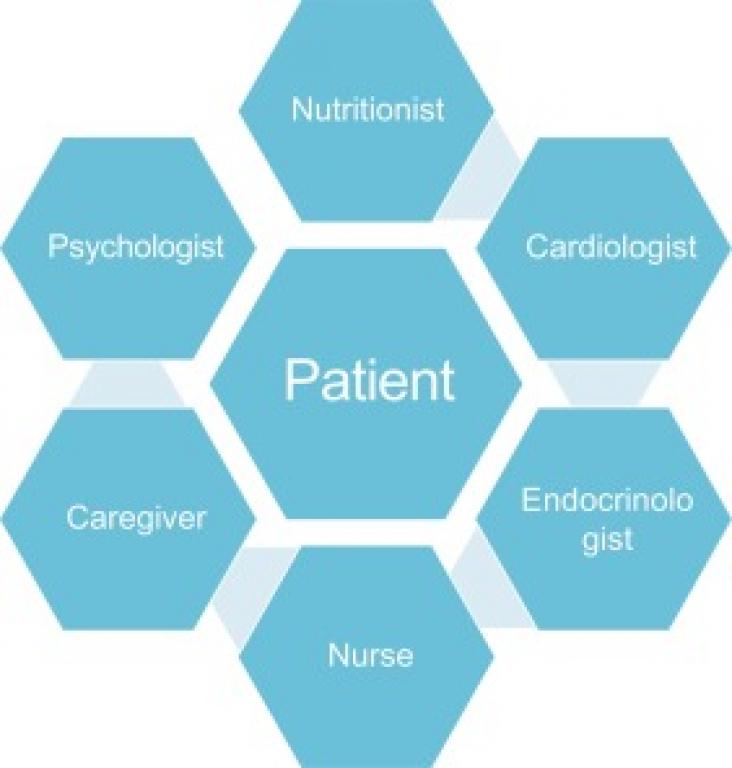Study objective: We examine racial and ethnic differences in opioid prescribing and dosing for long bone fractures at emergency department (ED) discharge.

Discusses the universe of chronic disease and telehealth, from the patients’ perspective. The goal of SDG target 3.4.1 is to reduce the mortality rate attributed to cardiovascular disease, cancer, diabetes or chronic respiratory disease.
Background: Future Expectation is important for motivation and wellbeing, however drastic life events such as in refugee situations may result in low expectations.
Across the lower- and middle-income world, investors are acquiring rights to large swathes of land for agricultural development, threatening both existing livelihoods and the environment. The full weight of future impacts remains uncertain. But research on sustainable agriculture offers avenues to mitigate, diffuse, and avoid negative environmental and social consequences.
Correspondence on the burden of tuberculosis on the Māori population, in the context of SDGs 3 and 10, highlighting the need to incorporate innovative technologies and develop strategies that align with Māori values to address tuberculosis health inequalities in Indigenous peoples.
Legal identity for all – including women, children, and other vulnerable groups – is critical for achieving the SDGs. Linking Civil Registration and Vital Statistics (CRVS) with identity management systems can transform how governments empower and provide for their populations. This compendium brings together good practices from select countries that have made great effort in linking these systems and highlights the resulting benefits. This contributes to SDG 10 and 16.
This content aligns with Goal 3: Good Health as well as Goal 10: Reduced Inequalities by discussing current vaccine strategies for eliciting HIV-1 high mannose patch neutralizing antibodies.
This chapter addresses SDG10 and SDG3 by investigating how racial and ethnic diparities affect the incidence, prevalence, and course of chronic kidney disease (CKD) worldwide.
Elsevier,
Clinics in Podiatric Medicine and Surgery, Volume 36, Issue 4, October 2019, Pages 707-716
This chapter advances goals 5 and 10 by increasing awareness of gender inequality in podiatric medicine.

Purpose: Although the wind, rain, and flooding of Hurricane Maria in Puerto Rico abated shortly after its landfall on September 20, 2017, the disruption of the electrical, communications, transportati
